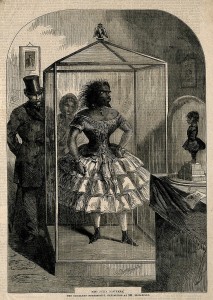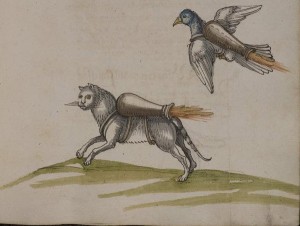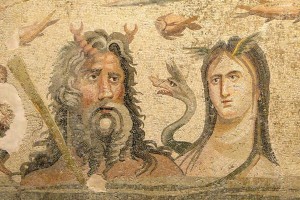The bearded lady: The most famous human curiosity of the 19th century.
How we treat our fellow humans reveals much about our own humanity…
Julia Pastrana: A “Monster to the Whole World”
(The Public Domain Review)
“Julia Pastrana, a woman from Mexico born with hypertrichosis, became one of the most famous human curiosities of the 19th century, exhibited the world over as a “bearded lady” while both alive and dead. Bess Lovejoy explores her story and how it was only in 2013, 153 years after her passing, that she was finally laid to rest.
When Julia Pastrana was born, in the mountains of Western Mexico in 1834, her mother worried that her looks were the result of supernatural interference. The local native tribes often blamed the naualli, a breed of shape-shifting werewolves, for stillbirths and deformities, and after seeing her daughter for the first time, Julia’s mother is said to have whispered their name. She fled her tribe — or was cast out — not long after.
Two years later, Mexican herders searching for a missing cow found Julia and her mother hiding in a mountain cave. They took them to the nearest city, where Julia was placed in an orphanage. Sweet, intelligent, and almost totally covered in black hair, she became a local celebrity. After hearing of her unusual looks and charming disposition, the state governor adopted Julia to serve as a live-in amusement and maid. She stayed with the governor until she was twenty, when she decided to return to her own tribe. But she never completed the trip home: an American showman known as M. Rates met her somewhere on her journey back to the mountains, and persuaded her to take up a life onstage.
Julia would go on to become one of the most famous human curiosities of the nineteenth century, variously known as “the Ape Woman,” “the Bear Woman,” or “the Baboon Lady.” She made her debut in December 1854, at the Gothic Hall on Broadway in New York City. She wore a red dress, sang Spanish folk tunes, and danced the Highland Fling. Huge, appreciative crowds flocked to see her, although it wasn’t really the singing and dancing they were after…”
See the rest here.
Share



